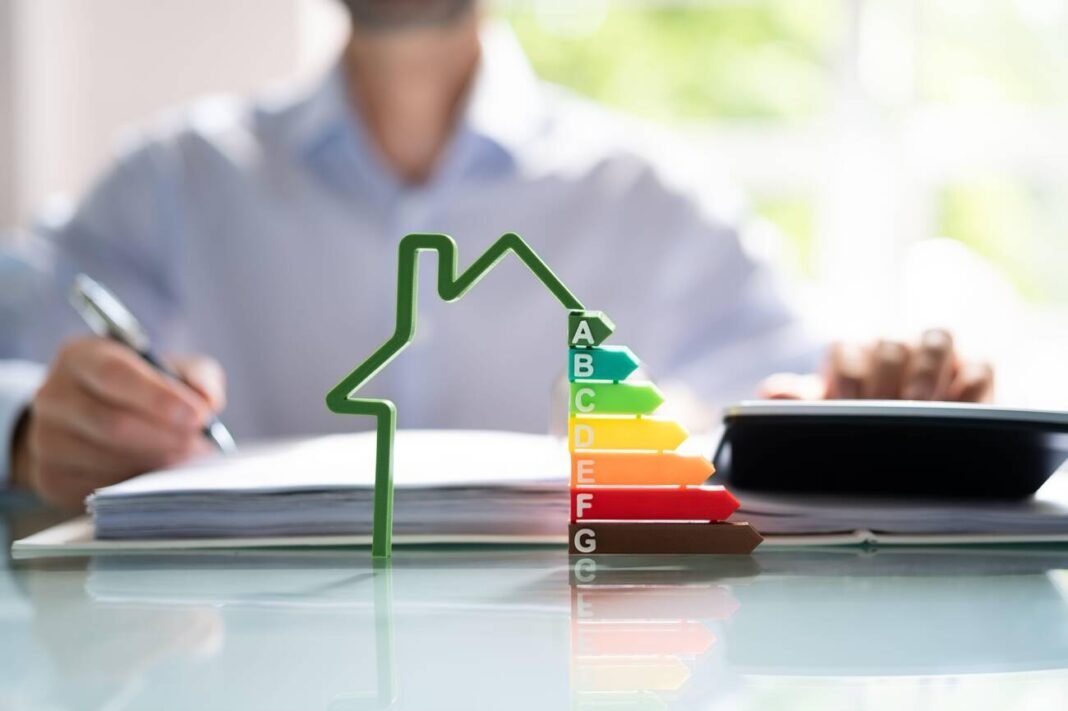The Nature of Link Spam and Its Impact on SEO
Link spam tarnishes the SEO ecosystem by artificially inflating the number and quality of backlinks to a site to manipulate search engine rankings. This unethical practice can lead to a quick surge in rankings, but search engines have become more astute in identifying and penalizing such tactics, which can tarnish a website’s reputation. The integrity of a site’s link profile is crucial, and it is wise to locate your spammy backlinks as part of a routine SEO audit to mitigate potential risks. Understanding the long-term value of authentic SEO practices and the consequences of link spam is crucial for web admins and marketers who wish to maintain a sustainable online presence.
Link spam degrades a website’s trustworthiness and that of the web. It diminishes user experience, as search engines aim to present legitimate, quality content at the forefront of their search results. Websites that engage in link spamming risk losing their ranking positions, negating any temporary gain they may have achieved. Reviewing content from authoritative resources shows that maintaining a clean link profile upholds a site’s industry standing and search engine visibility.
Identifying Link Spam Tactics
Link spam can manifest in various forms, such as excessive reciprocal links, paid links that are not disclosed, or links embedded within irrelevant or low-quality content. It’s important to note that some spammers employ sophisticated techniques to disguise spammy links, making detecting them challenging for site owners without a thorough analysis. Recognizing signs of deceptive link-building practices is the first step towards safeguarding your digital footprint against link-based penalties. Every quality-oriented SEO professional must cultivate the ability to distinguish between authentic backlinks that add value and spammy backlinks that jeopardize a site’s integrity.
Best Practices for Ethical Link Building
The cornerstone of ethical link-building is creating value-driven content that naturally compels others to link to it. It means prioritizing quality over quantity and ensuring that backlinks are contextually relevant and arise from genuine interest or endorsement. Rather than searching for quick cuts, create engaging content that appeals to your target audience’s requirements and interests. Engaging content that provides unique insights answers common questions, and offers actionable advice tends to attract authoritative backlinks and enhances your website’s overall link profile.
Strategies to Protect Your Site from Link Spam
Preventing link spam requires proactive strategies, such as conducting regular audits to review and assess your backlink profile. Identifying and disavowing toxic backlinks can help protect your site’s SEO health and ranking ability. Establishing a routine for auditing links ensures that your site maintains a natural and reputable backlink profile, enabling quicker response times to any issues that might arise. While no strategy can eliminate the risk of spammy links, consistently monitoring and curating your link profile can significantly reduce that risk.
Tools for Monitoring and Managing Your Link Profile
Fortunately, various SEO tools are available to help web admins maintain a healthy link profile. These tools facilitate comprehensive link analysis, monitoring, and management. They can provide:
- Insights into the authority and trustworthiness of linking domains
- The relevance of the backlinks to your content
- The overall impact on your site’s SEO performance
Becoming well-versed in these tools and the metrics they provide is pivotal in making informed decisions about your link-building strategy and avoiding potential issues caused by link spam.


